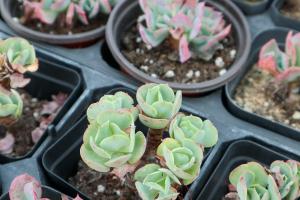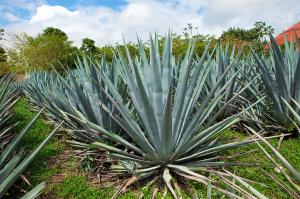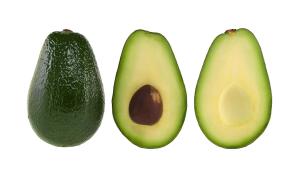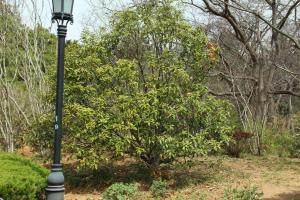Introduction
Cherry trees are a beautiful addition to any garden or landscape, offering delicate blossoms in spring and sweet fruit in summer. However, there are a few things to consider before choosing a spot to plant your cherry tree. In this article, we will explore important factors to keep in mind when deciding where to plant your cherry tree.
Climate
The first thing to consider when choosing a spot for your cherry tree is your climate. Cherry trees prefer cooler temperatures and require a certain amount of chilling hours in order to set fruit. If you live in a warm climate, consider planting a low-chill variety or choosing a spot with afternoon shade. In colder climates, make sure to choose a spot that receives enough sunlight and is protected from harsh winds.
Soil
Cherry trees prefer well-draining soil that is rich in organic matter. Before planting, test your soil to determine the pH level and make any necessary adjustments. If your soil is too acidic, adding lime can help. If it is too alkaline, adding sulfur can help. Additionally, cherry trees do not like to have wet feet, so make sure the spot you choose is not prone to standing water.
Sunlight
Cherry trees need plenty of sunlight in order to grow and produce fruit. Choose a spot that receives at least six hours of sunlight per day. If you live in a hot climate, consider planting your cherry tree in a spot with afternoon shade to protect it from the harsh sun. If you have limited sunlight in your yard, consider planting a dwarf or semi-dwarf variety that can be grown in a container and moved as needed.
Spacing
Cherry trees need room to grow, so make sure to choose a spot with plenty of space. Most cherry trees grow to be around 20-30 feet tall and wide, so make sure to plant them at least 15-20 feet away from any other trees, buildings, or power lines. Additionally, make sure to plant your cherry tree at least 10 feet away from any other fruit trees to prevent cross-pollination.
Pest and Disease Control
Cherry trees are prone to a number of pests and diseases, such as cherry fruit fly, brown rot, and powdery mildew. Before planting, research the pests and diseases that are common in your area and choose a cherry tree variety that is resistant to them. Additionally, make sure to practice good garden hygiene, such as removing fallen leaves and fruit from the ground, to prevent the spread of disease.
Conclusion
Choosing the right spot to plant your cherry tree is key to ensuring its success and longevity. Keep in mind factors such as climate, soil, sunlight, spacing, and pest and disease control. By following these guidelines, you can enjoy a beautiful and fruitful cherry tree in your garden or landscape for years to come.

 how many times do yo...
how many times do yo... how many planted tre...
how many planted tre... how many pine trees ...
how many pine trees ... how many pecan trees...
how many pecan trees... how many plants comp...
how many plants comp... how many plants can ...
how many plants can ... how many plants and ...
how many plants and ... how many pepper plan...
how many pepper plan...

































